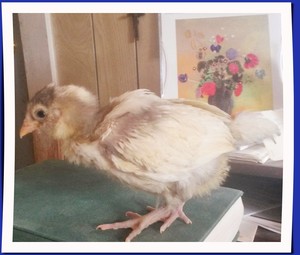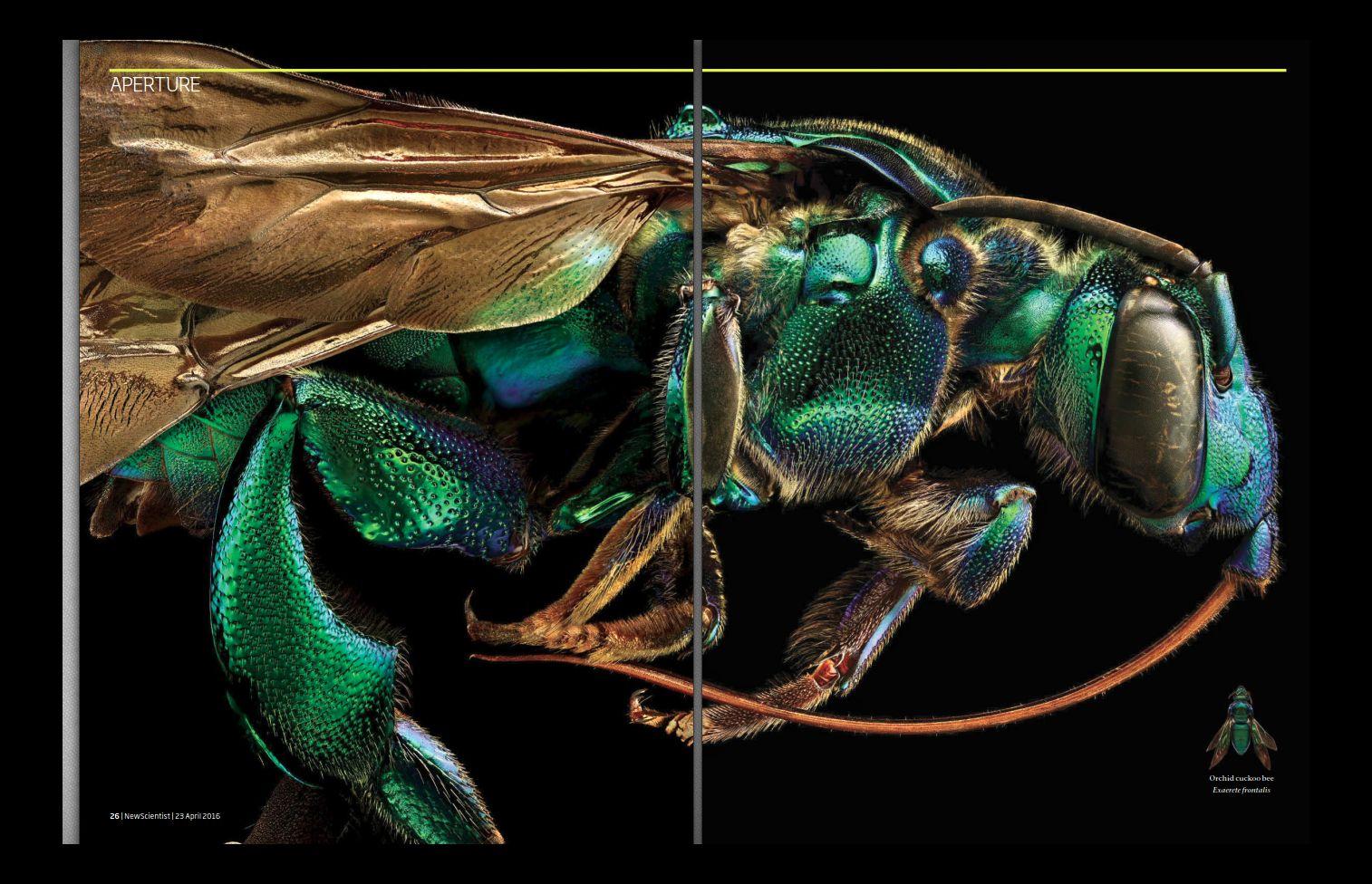30 Apr Sat 2016
Cystine is needed during molt
While a non-essential amino acid for man, molting birds need high cystine content for renewal of feathers because cystine is necessary for the production of keratin, the prime ingredient that constitutes feathers. Some medical researchers that it is a lack, or a biological block, of the absorption of cystine, that leads to men's hair loss.
Cystine is found in red peppers, garlic, onions, broccoli, brussels sprout, oats, granola, wheat germ, sprouted lentils & egg yolks, so one easy one to supply cystine is by feeding molting hens, their own, previously laid, eggs back. Cystine is the stable form of the chemical cysteine.
Tests conducted at the Nebraska Agricultural Experiment Station have shown that the endogenous nitrogen loss among nonmolting hens amounts to about 144 milligrams per kilogram of body weight, and among molting hens, 219 milligrams.
Evidently the molting hen breaks down tissue protein to supply the amino acid cystine for feather growth.
When 145 milligrams of cystine were added to the diet of the molting hen, the endogenous nitrogen loss was reduced to 137 milligrams. The feeding of cystine exerted a protein sparing out of proportion to its nitrogen content, thus indicating its value for feather growth.
Chicken Cages higher not deeper
An interesting study, done for battery caged layers, shows that when you buy one of your cages for transporting or showing or housing often injures the birds when you get them too deep. Instead the recommendation is to get them as shallow as possible. The reason seems to be that the shallower they are, the easier for the bird to get to the food trough and so presumably eat more. Since they are in caged because of environmental _stress_ of one type another, a fall off in their eating could be more harmful than helpful particularly as they have small gullets and systems and shock could cause a heart attack.
To be honest, I was scouting for something like as I have bought several types of cages in the past, some wire dog cages, other chicken oriented ones and I found that the very deep cages were problematic because if you put more than 2 cockerels in one, they will fight -- but if I used a higher but narrower one they didn't. I was wondering if this was just peculiar to my Ameraucanas or a general trend, but overall listening to the boys helped alleviate those problems.
Other findings are:
- When the battery cages 460 mm in depth (deep) were compared with 305 mm cages (shallow); the two shapes provided equal areas per bird but the 305mm was better.
- More eggs were produced per hen housed from 30 to 70 weeks in the shallow cages; this difference is significant.
- The pattern of feeding activity over the day was significantly more in the shallow cages; this pattern accords more closely with physiological requirements.
- Feather damage caused by pecking was slightly higher, but it became significantly more severe in the deep cages over a long period of time (70 weeks.)
- The proportion of cracked eggs (collected from 60 to 70 weeks) was significantly lower in shallow cages.
- In the shallow cages a higher proportion of birds was present in the front half; with the back almost being totally empty.
- It is suggested that some of the advantages conferred by the shallow cage may be related to the greater accessibility of the food trough.
Orchid Cuckoo Bee / Exaerete formalis
I turned to chooks when the town we live in wouldn't allow bees, but I still remain a member of the local bee club because I love bees so. This one from the New Scientist Aperture page, really caught my eye. It is a tropical bee, and belongs the Euglossini family(Orchid Bees).
The Exaerete are, without a doubt, the most spectacular of the Neotropical bees. They are characterized by their large size, metallic green coloration and very long tongues, which they use to extract nectar from flowers with long corollas (particularly orchids) and by their cleptoparasitic habits.
There are five genera of Euglossini bees and while three of those genera (Euglossa, Eulaema, and Eufriesea) collect pollen and construct nests, the other two genera (Exaerete and Aglae) have evolved as cleptoparasites of Eulaema and Eufriesea. These cleptoparasites act as cuckoos, destroying the eggs of their preferred host and replacing them with their own eggs.


